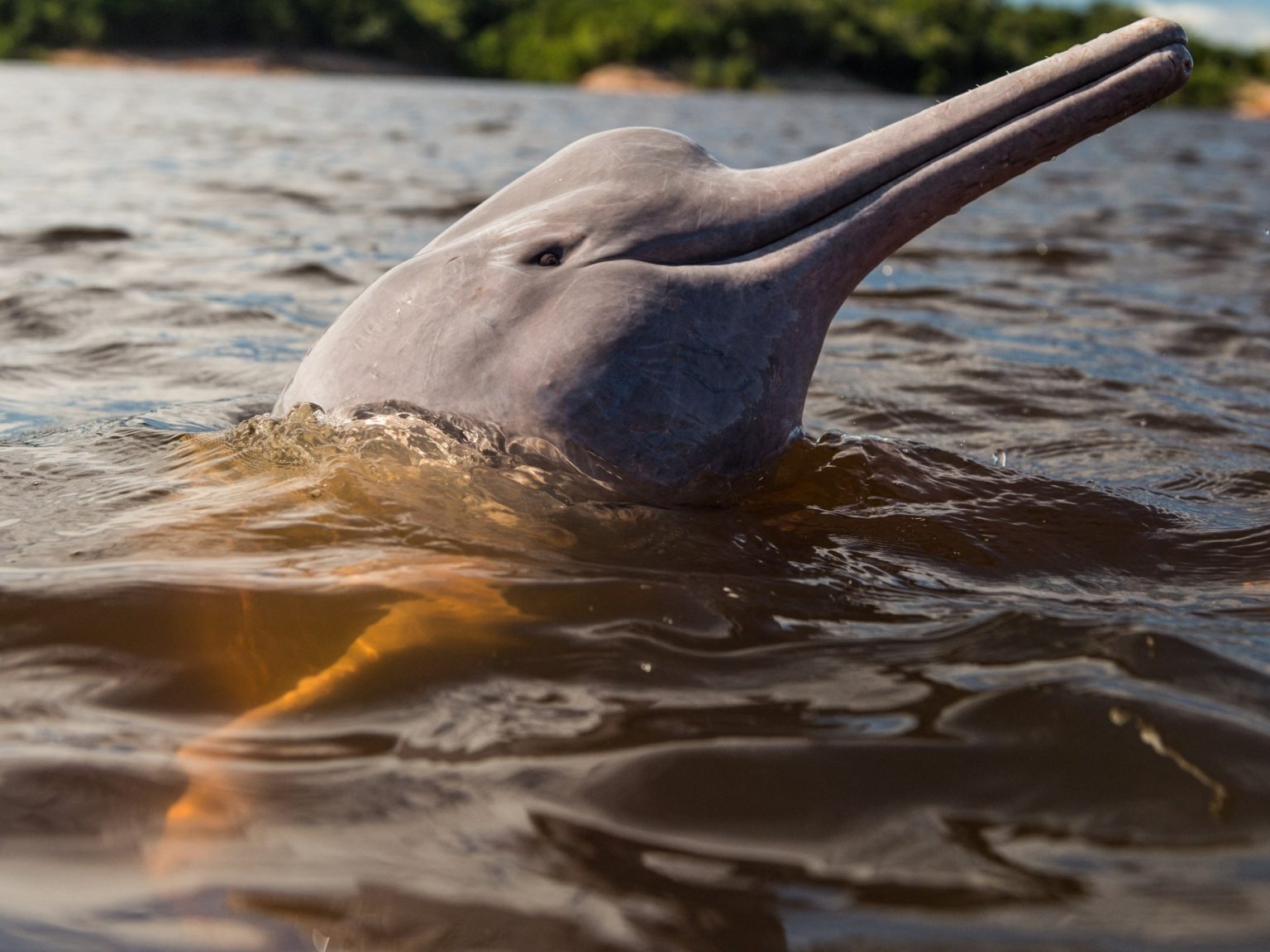The World Wildlife Fund has reported a significant decline in wildlife populations across the globe, with species like the pink river dolphins of the Amazon and forest elephants in Gabon facing sharp decreases. More than 5,000 species of mammals, birds, amphibians, reptiles, and fish were assessed in the Living Planet Report, which warned that habitats like the Amazon rainforest were approaching “tipping points” with potentially catastrophic consequences for most species. The report found that populations had fallen by 73 percent since 1970, with the biggest declines seen in freshwater species, followed by terrestrial and marine vertebrates.
In specific snapshots provided by the report, it was noted that the populations of pink river dolphins and tucuxi dolphins in the Brazilian state of Amazonas had declined by 65 percent and 57 percent, respectively, due to hunting and threats from climate change. In Gabon, the number of forest elephants had declined by 78 to 81 percent, with WWF researchers finding strong evidence of poaching for the ivory trade. With almost half of the continent’s forest elephants in Gabon, this decline has been considered a significant setback for the future of the species.
Habitat loss and degradation, primarily driven by food systems, were identified as the biggest threats to wildlife populations worldwide, followed by overexploitation, invasive species, and disease. Daudi Sumba, chief conservation officer at WWF, emphasized that these changes could have irreversible consequences, with devastating impacts on humanity. Climate change and pollution were also highlighted as major threats, particularly in Latin America, the Caribbean, North America, Asia, and the Pacific. Despite these challenges, there is still hope, as global efforts are being made to protect 30 percent of the planet by 2030 from pollution, degradation, and climate change.
Kirsten Schuijt, director-general of WWF International, noted that some populations have stabilized or even expanded thanks to conservation efforts and reintroduction programs. For example, the European bison, which disappeared in the wild in 1927, numbered 6,800 in 2020 due to successful breeding and reintroduction efforts in protected areas. While there is progress being made, there are concerns about meeting the targets set for 2030 in global agreements aimed at protecting the planet’s biodiversity.
The WWF’s report serves as a stark reminder of the urgent need for action to protect wildlife and their habitats. With the threat of irreversible consequences looming, it is essential for governments, organizations, and individuals to come together to address issues such as habitat loss, overexploitation, climate change, and pollution. By working towards conservation efforts and implementing sustainable practices, there is hope for helping restore and protect the world’s precious biodiversity for future generations.













